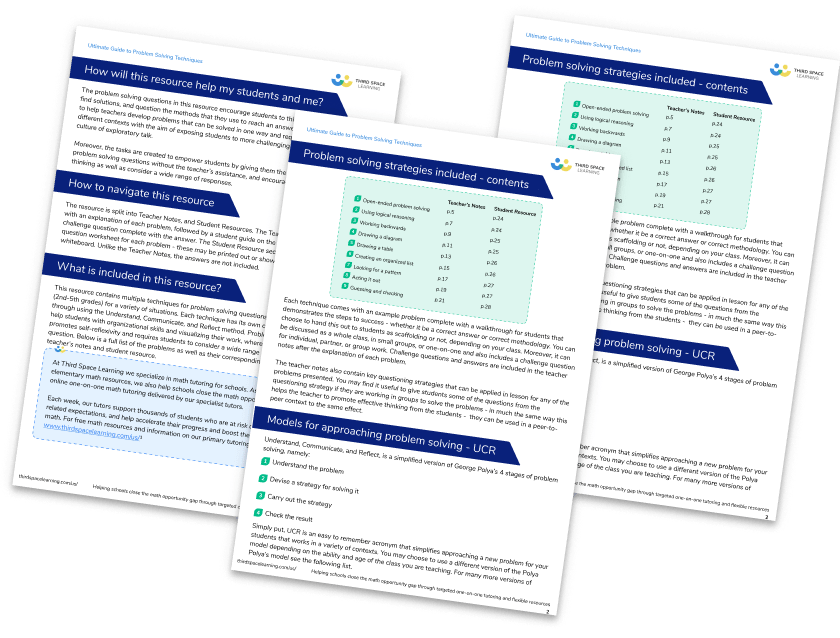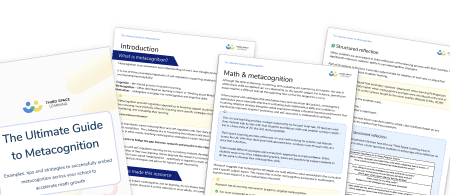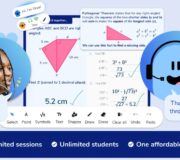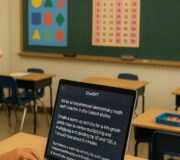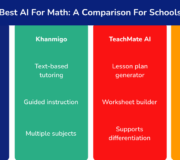Developing A Growth Mindset In The Elementary School Classroom: 10 Key Principles And Your Classroom Contract
Developing a growth mindset in the classroom, even in elementary school, is crucial to your young learners’ success. It sets the bar for elements of perseverance and a willingness to overcome obstacles.
Teachers know just how important a good culture is in the classroom. Promoting a positive environment, and a willingness to succeed allows children to combat obstacles in their learning, develop a consistent sense of motivation and (most importantly) strengthen their sense of character.
As such, it is vital to establish what I call the ‘determination to succeed’ when meeting your new class and fueling students’ motivation from the very beginning of the year.
I know this because of my experience and the experiences of those around me. Looking back to when I was a child, I remember having to overcome many obstacles. Fortunately, I intrinsically wanted to succeed and (more importantly) had an encouraging, supportive family.
Unfortunately, we all know some children may not have this. Which is actually one of the main reasons I value teaching so much.
Like all good teachers, I value having the opportunity to offer that crucial encouragement at each stage of my student’s learning experience.
The teacher’s role in every lesson is to guide children to achieve the highest level of academic success that they can. We act like a soccer coach on the sidelines, and our teaching strategies are the tactics we use to help our ‘players’ succeed.
Growth mindset in education just happens to be the current term that we use. Even without Dr. Carol Dweck, the Stanford University psychologist who coined the term, the principles of perseverance, resilience and learning from failure are powerful ones for life.
You can read more about Dr. Carol Dwek’s educational research and growth mindset research and I would also recommend her book ‘Mindset: The New Psychology of Success’ to those looking for a deeper dive.
The Ultimate Guide to Metacognition
A guide summarizing the key information teachers need to know about metacognition, specifically in regards to math teaching and learning
Download Free Now!More on growth mindset:
- What is Growth Mindset?
- How to Support a Child with Autism in the Classroom
- Effective Praise In The Classroom: What Works & What Doesn’t
- How to Manage Test Anxiety
- 13 Effective Test Taking Strategies
10 tips for growth mindset in the classroom
I’m not suggesting that I always get these right, but these are the principles that I aspire to in my classroom, as an elementary school teacher.
- Start with, and maintain, an open dialogue. Allow children to express their opinions and allow them to challenge yours. This is part of the learning process and helps develop their reasoning, problem-solving and critical thinking skills.
- Use the language of growth mindset openly together with terms like determination and perseverance.
- Always demonstrate mutual respect to adults and children alike.
- Model your resilient attitude. When something goes wrong, adapt and learn from it, expressing vocally, how you are overcoming the challenge. Children will soon mirror this behavior and eventually develop their own resilience. Remember that you’re not just teaching material but shaping students’ mindsets.
- Show passion for your teaching – remind the children why a certain skill is important for future careers.
- Admit when you make a mistake – show children that adults can make mistakes at times. Equally, make strategic mistakes for children to figure out and keep encouraging students to find a solution.
- Demonstrate clear boundaries – but maintain a ‘firm, but always fair’ attitude.
- Be an active listener, identifying and correcting misconceptions quickly.
- Praise where praise is due. It is important not to ‘overpraise’ as we want the children to recognise the result of their hard work and achievement. For example, when they have edited and made changes, praise the final result. They will naturally know they are doing a ‘good job’ because you recognize their hard work with appropriate comments. You know your children well, so you know who needs that extra praise, support and confirmation of their achievements.
- Finally, smile and add laughter to your lessons. What we enjoy, we remember!

Meet Skye, the voice-based AI tutor making math success possible for every student.
Built by teachers and math experts, Skye uses the same pedagogy, curriculum and lesson structure as our traditional tutoring.
But, with more flexibility and a low cost, schools can scale online math tutoring to support every student who needs it.
Find out more
Kick start growth mindset culture with a classroom contract
My ace in the hole for kick-starting a classroom culture of perseverance and growth mindset has to be the class contract. This year I asked my new 4th graders to sign a contract just like the one below, they loved it! See the classroom contract below for yourself:
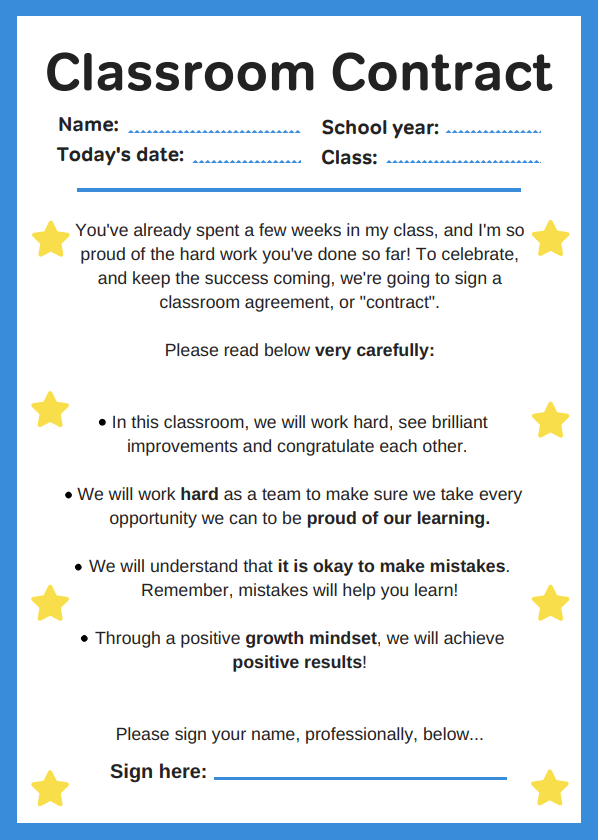
Collaborative and cooperative process
Using the contract, I explained to the children that throughout the year we would be taking part in growth mindset activities that would require determination.
We discussed the different forms of determination with clear examples, such as ‘quiet determination’, ‘failing and then trying again’, ‘not giving up on the first, second or third attempt, but persisting until you understand.’
It is worth noting that children do not have to sign the contract. This would defeat the purpose.
You should remind children that they ‘don’t have to sign it today’, as it should only be signed when they believe what the words say’.
One of the children in my class actually had this experience. He wasn’t sure whether or not to sign, so I told him he should sign it only if he believes in the contract.
He thought about the sentiment and – by the end of the afternoon – he said ‘I like this, I want to try my best, so I will sign on the dotted line.’
Nobody ever said that developing a growth mindset classroom would be instant…
Discussion and mutual respect around growth mindset
I have been asked about whether signing an agreement is too formal. I actually find it makes the children more likely to stick to their word because they have a say in whether or not they sign it. I let them make up their own minds.
This means they felt they could challenge me. That this was a discussion, not a dictatorship.
Which is exactly how we should work as teachers. Mutual respect and discussion. How you use growth mindset in the classroom may not be the same – this is simply what worked for me!
Read more: 23 Classroom Management Strategies
Do you have students who need extra support in math?
Skye—our AI math tutor built by experienced teachers—provides students with personalized one-on-one, spoken instruction that helps them master concepts, close skill gaps, and gain confidence.
Since 2013, we’ve delivered over 2 million hours of math lessons to more than 170,000 students, guiding them toward higher math achievement.
Discover how our AI math tutoring can boost student success, or see how our math programs can support your school’s goals:
– 3rd grade tutoring
– 4th grade tutoring
– 5th grade tutoring
– 6th grade tutoring
– 7th grade tutoring
– 8th grade tutoring
The content in this article was originally written by primary teacher and SLT Niomi Roberts and has since been revised and adapted for US schools by elementary math teacher Christi Kulesza.
